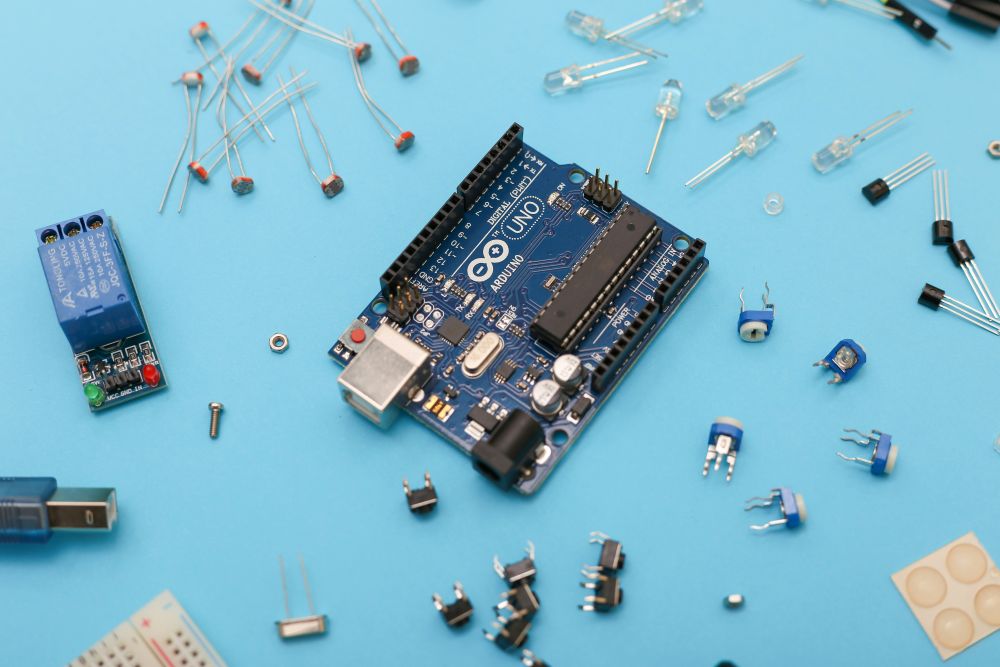Are you (or your teen) interested in science? Here are some DIY air quality items that are fun to put together and learn from!

With all the news about wildfire smoke and air pollution, many people wonder what’s in their air, but are deterred from buying air quality monitors because of the price tags. If you have a curious teen (or a curious mind yourself) why not build a sensor? Some require soldering, but this is a fairly easy skill with plenty of tutorials available on the internet.
We have a couple to recommend:
-
The AirGradient DIY Air Quality Sensor (Basic Version PCB Version < 3.0) AirGradient is a company founded on increasing awareness of air quality and monitoring through offering economical, unpatented monitors that can be purchased assembled or unassembled. This project gives all the requirements/skills and how you can source the components via AliExpress (just be prepared for longer shipping times from abroad). The only thing that is not ready-to-buy is the 3D-printed case, but the company does have the plans available for free download if you do have access to a 3D printer.
-
Arduino Air Quality Monitoring System (No soldering required!) : This project is not linked with any air quality company, but gives basics on how to build a basic monitor giving temperature, humidity and presence of toxic gases. The LED readout gives the temperature and humidity readings, and predefined thresholds for gases, such as "Good," "Poor," "Very Bad," or "Toxic." It’s a great learning tool for beginners because using a breadboard instead of a Printed Circuit Board (PCB) means you don’t have to solder!
Another cool project that shows how ions work is to build an ionic wind machine. We at the Hypoallergenic Air office actually ordered and assembled the kit below. I have to admit, I was a little anxious about soldering until I tried it. After a few practice runs, it was not hard at all!
-
Negative Ion Generator, $110: This kit has a very informative booklet included with the instructions and shows how ions and ionic wind are generated. Ionic wind has been used to propel spacecraft, and in this small generator, the breeze will actually move a candle flame, with no fan involved. It does produce some ozone, so use it in a ventilated area if you are asthmatic or someone else in your family is sensitive to ozone. We recommend buying the 12V DC adapter because it doesn’t seem to be a common plug for the power source.
Photo by Sahand Babali on Unsplash






